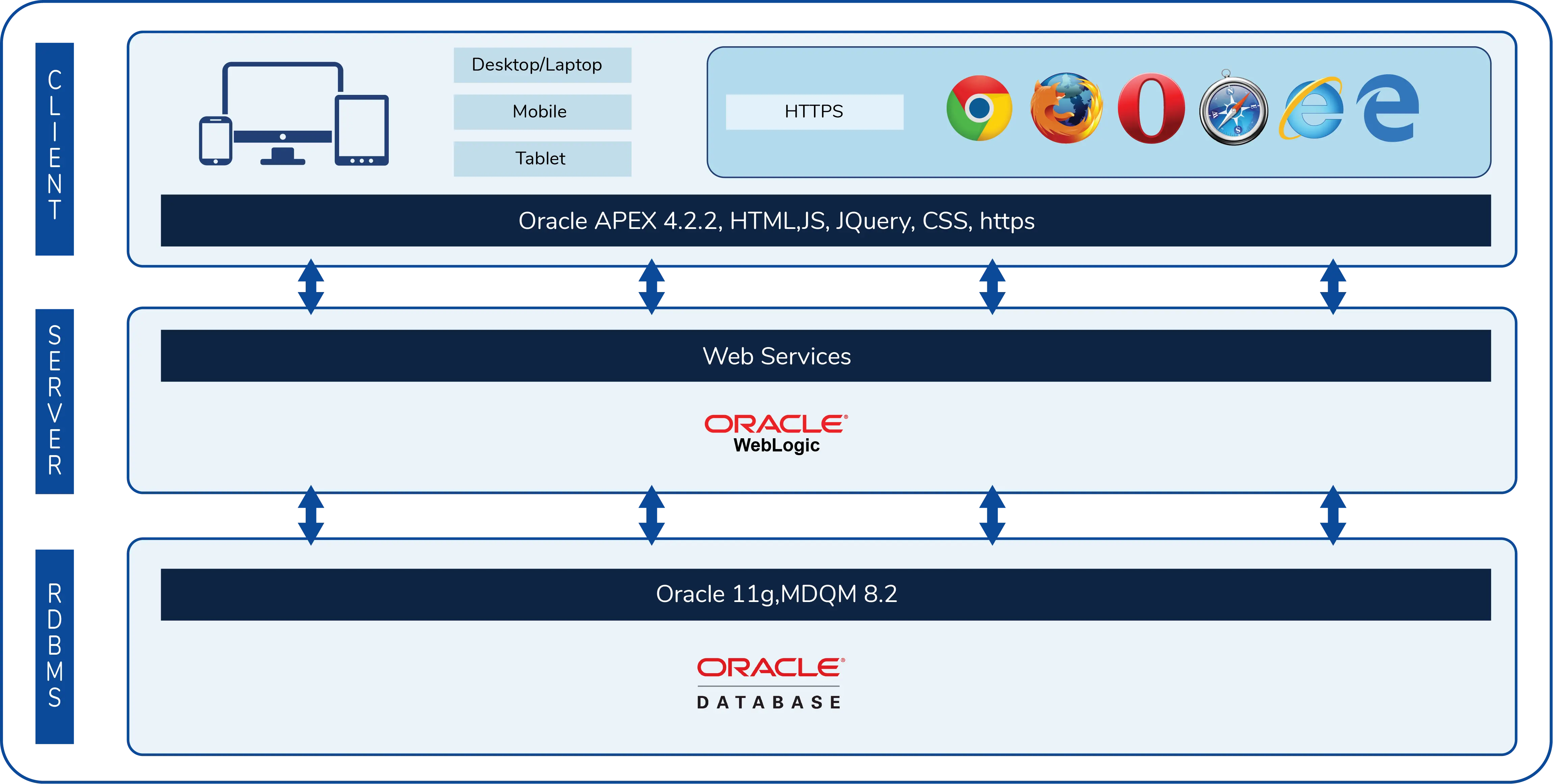ISO 8000 compliant data models and structures.
Data Cleansing, Harmonization, Validation and Enrichment
The primary function of the PiLog™ Master Data Ontology Manager is to allow users to create and maintain the client corporate Master Data Dictionary, data requirement statements, and classification structures. Managing the corporate Master Data Dictionary is key for the best practice of master data management. Ontology is the Meta data for the creation of new master data.
Each data requirement can be seen as a data entry form to create master data, containing all the data quality rules (masks, regular expressions, data types) to guarantee quality data. Each data requirement is associated with a class and the properties (fields) that are used to describe the class. For example, the material class "bearing" would be described using the properties, interior diameter, outer diameter, and width. The service class "clean floor" would be described using the property, floor material.


Data requirements can be nested to provide complex data structures. Data quality Meta data (masks, data types, regular expressions) can be pre-defined in the data requirement statements. The Meta data is interpreted and enforced by the Item Entry control functionality of MDRM. Multiple data types are available that cover any data domains (accounts, cost centers, customers, addresses, vendors, materials...).
The Data Requirement Manager is integrated with a Master Data Dictionary that contains the terms and definitions; this is sometimes called a company lexicon or vocabulary. The customer dictionary is managed as a subset of the PiLog Registered Ontology and is integrated with open technical dictionaries that contain terms and definitions collected from international and national standards organizations as well as industry consortia. Master Data Dictionary, contains synonyms and translations.

